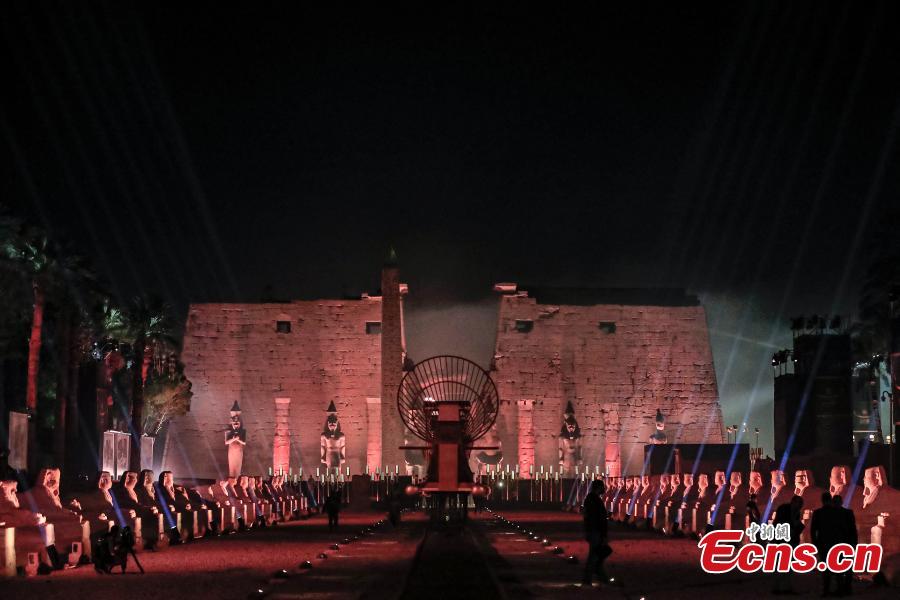
Night view of Avenue of Sphinxes in Luxor, Egypt, Nov. 25, 2021. (Photo/Agencies)
The nearly two-mile-long ancient walkway is lined with more than 1,050 Sphinx and Khnum (the Egyptian God of Ram) statues, connecting the Temple of Luxor with the Temple of Karnak.
Local residents would carry out ritual activities each year when the second flood season comes. The avenue is said to date back 3,500 years ago, when Queen Hatshepsut (1479 B.C.-1458 B.C.) was in power.
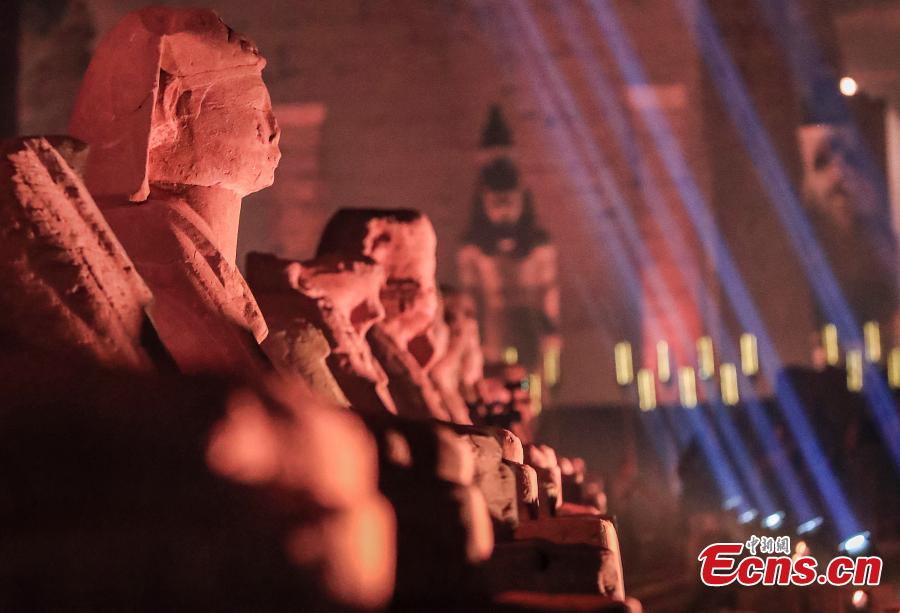
Night view of Avenue of Sphinxes in Luxor, Egypt, Nov. 25, 2021. (Photo/Agencies)
The nearly two-mile-long ancient walkway is lined with more than 1,050 Sphinx and Khnum (the Egyptian God of Ram) statues, connecting the Temple of Luxor with the Temple of Karnak.
Local residents would carry out ritual activities each year when the second flood season comes. The avenue is said to date back 3,500 years ago, when Queen Hatshepsut (1479 B.C.-1458 B.C.) was in power.
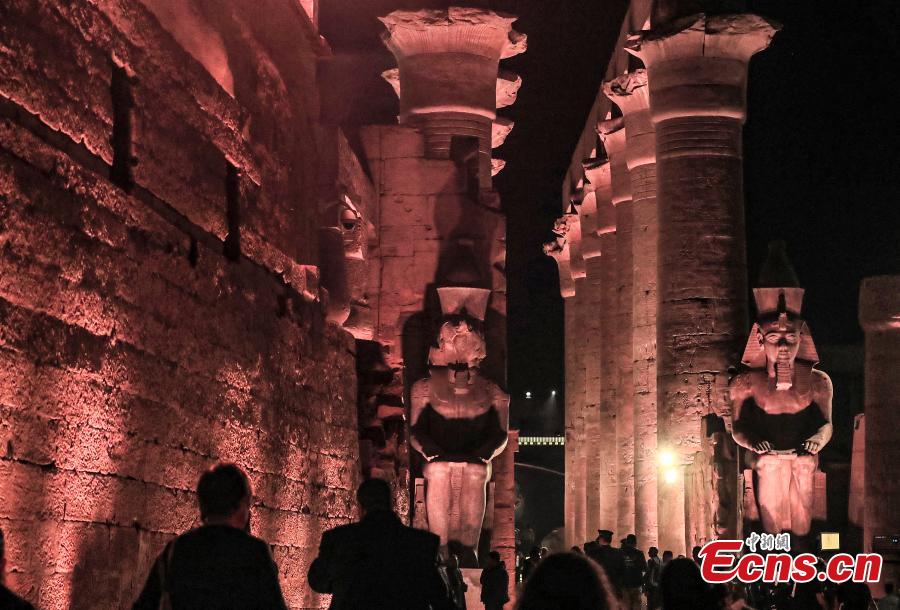
Night view of Avenue of Sphinxes in Luxor, Egypt, Nov. 25, 2021. (Photo/Agencies)
The nearly two-mile-long ancient walkway is lined with more than 1,050 Sphinx and Khnum (the Egyptian God of Ram) statues, connecting the Temple of Luxor with the Temple of Karnak.
Local residents would carry out ritual activities each year when the second flood season comes. The avenue is said to date back 3,500 years ago, when Queen Hatshepsut (1479 B.C.-1458 B.C.) was in power.
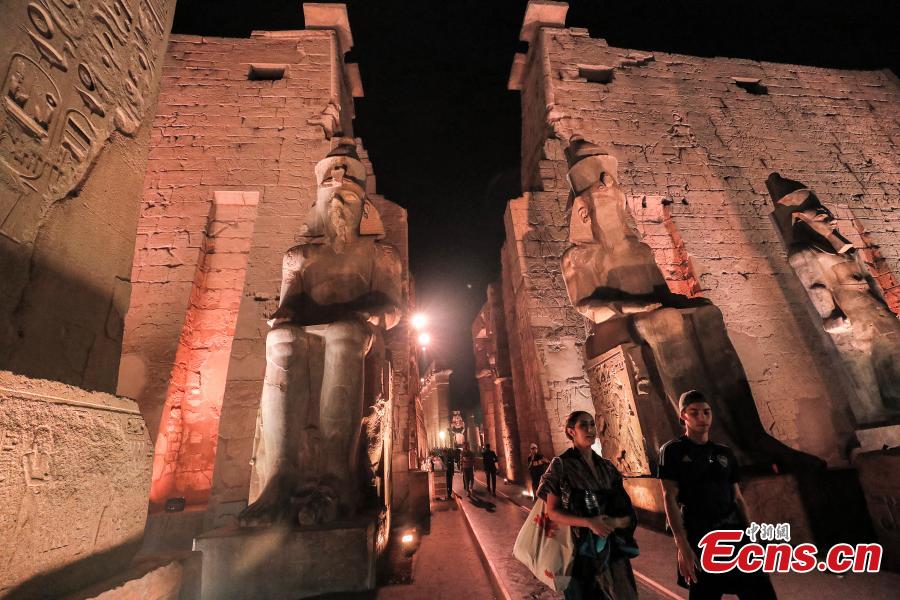
Night view of Avenue of Sphinxes in Luxor, Egypt, Nov. 25, 2021. (Photo/Agencies)
The nearly two-mile-long ancient walkway is lined with more than 1,050 Sphinx and Khnum (the Egyptian God of Ram) statues, connecting the Temple of Luxor with the Temple of Karnak.
Local residents would carry out ritual activities each year when the second flood season comes. The avenue is said to date back 3,500 years ago, when Queen Hatshepsut (1479 B.C.-1458 B.C.) was in power.
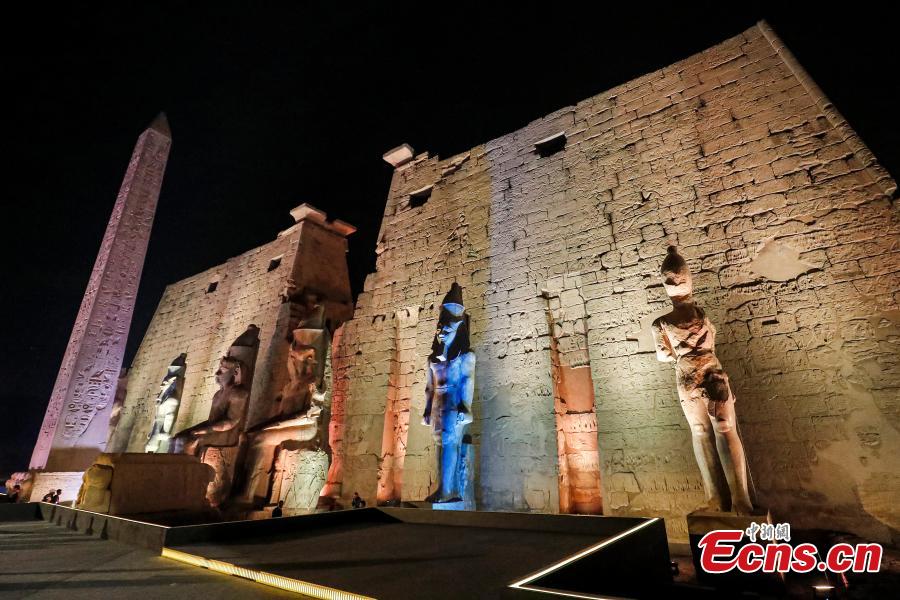
Night view of Avenue of Sphinxes in Luxor, Egypt, Nov. 25, 2021. (Photo/Agencies)
The nearly two-mile-long ancient walkway is lined with more than 1,050 Sphinx and Khnum (the Egyptian God of Ram) statues, connecting the Temple of Luxor with the Temple of Karnak.
Local residents would carry out ritual activities each year when the second flood season comes. The avenue is said to date back 3,500 years ago, when Queen Hatshepsut (1479 B.C.-1458 B.C.) was in power.











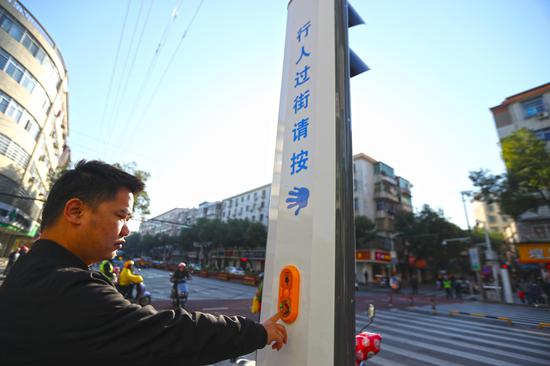


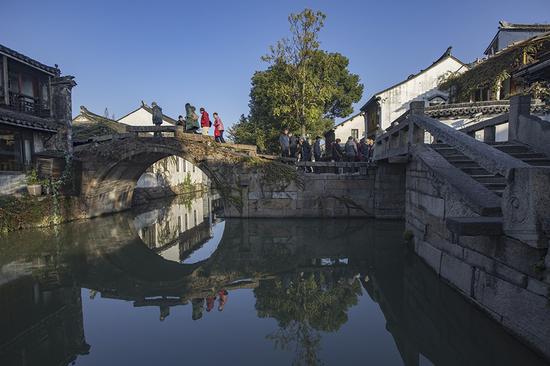






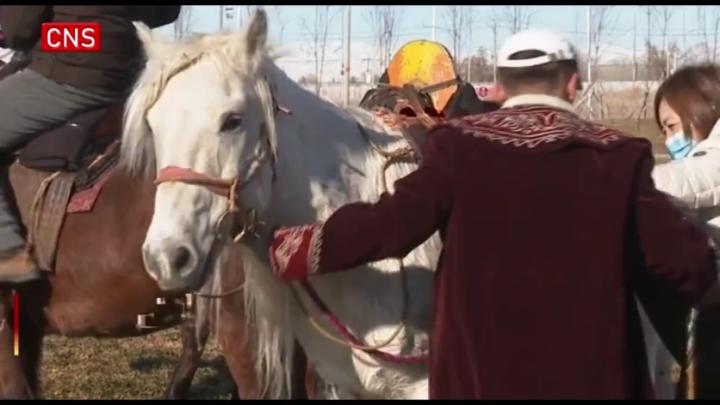
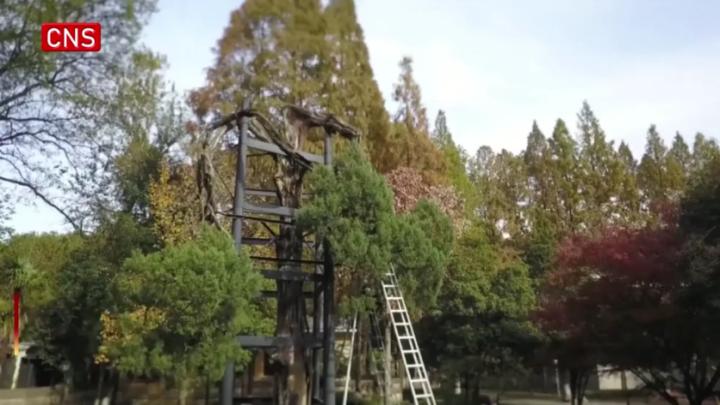
 京公网安备 11010202009201号
京公网安备 11010202009201号